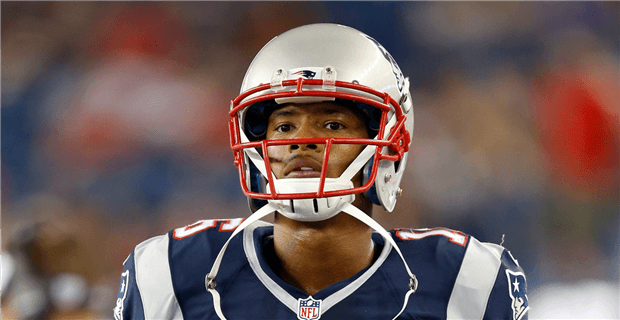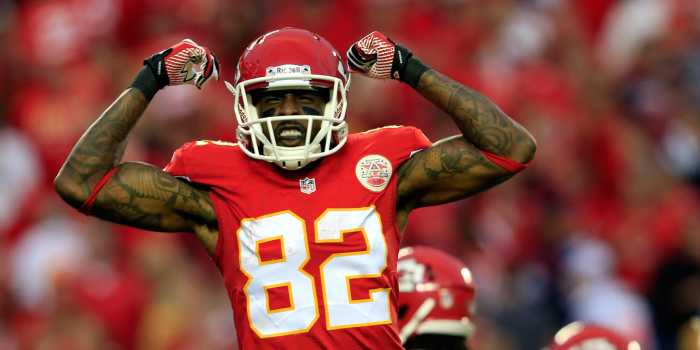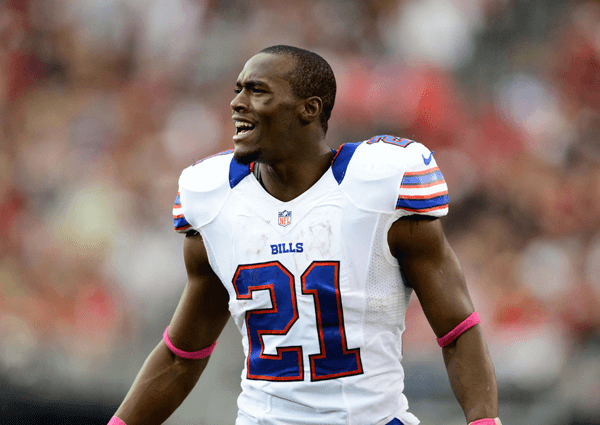The Philadelphia Eagles definitely have room for improvement all over the roster. Every NFL team has positions on the roster that are considered weaker..that’s the nature of the game. But it’s well documented how much uncertainty the Eagles have surrounding their quarterback, running back, and wide receiver group. The offense on paper is the weaker link of the 2016 Philadelphia Eagles, compared to their improved defensive unit.
One of the main hurdles the Eagles offense had to overcome during Chip Kelly’s tenure, was lack of red zone production. In Kelly’s first season as Eagles head coach in 2013, the team finished with their best red zone scoring percentage of 53% (13th best in the league). Following Kelly’s first electric season as a head coach, the red zone scoring efficiency started to plummet.
In 2014, the Eagles finished 23rd in red zone scoring (49%). The change in quarterback that season (Nick Foles starting first eight games until season ending injury, which led to Sanchez starting final eight) played a factor into this. The Eagles were noticeably a stronger red zone scoring team under Sanchez than they were with Foles. The last three games of the 2014 season, the Eagles scored on 67% of their red zone plays. The lopsided difference, along with Foles huge step back in play, pushed Kelly to force a change at quarterback.
The Eagles improved their red zone performance in 2015, finishing in the top 15 in red zone scoring with a percentage of 56% (15th best in the NFL). The weird fact about the Eagles red zone scoring in 2015, was how the team was more successful on the road versus at home. The Eagles scored on 68% of their red zone snaps on the road, while only scoring on 46% of their red zone snaps at Lincoln Financial Field.
So during Kelly’s stint with the Eagles, the team finished in the top 15 twice in red zone scoring, but still managed to look underwhelming. They finished 13th in 2013, 23rd in 2014, and 15th in 2015. Pretty average offensive production in the red zone, something that simply needs to see improvement under Doug Pederson.
Pederson being a former quarterback, knows how important, and crucial drives in the red zone are. While Pederson was the Kansas City Chiefs offensive coordinator, the team finished higher than the Eagles in red zone scoring in each of those three years. Obviously Pederson didn’t partake in offensive play calling, until the 2nd half of week seven during 2015, but if you’ve read any of Liam Jenkins’ Pederson Play-call analysis articles, you’ll notice he finishes strong when it matters..in the red zone. Even if his impact wasn’t overwhelming, Pederson has seen up close what it takes for an offense to be successful in the red zone, and that’s something the Eagles desperately needed in a new head coach.
The Chiefs finished 5th in red zone scoring in 2013, Pederson’s first year as the offensive coordinator (60%). The following season the team finished 9th in red zone scoring, while the team didn’t have a single touch down reception from a wide receiver that year (58%). His last season as the Chiefs offensive coordinator in 2015, the team finished 12th in red zone scoring. Losing their best offensive player in Jamaal Charles, played a pivotal role in the decline of red zone production, but the Chiefs still produced fairly well (57%). Pederson did have a hands on impact with the red zone production, since he called all the 2nd half plays from week 7 and beyond as aforementioned.
Obviously you can’t credit Doug Pederson with the Chiefs overall success in the red zone. But the fact he helped maintain the success of it in 2015, while observing what it takes to be successful in that area of the field, is what the Eagles needed in a coach. The main way for the Eagles to improve their red zone production in 2016, lays on the shoulders of current starter Sam Bradford.
Bradford threw four red zone interceptions in 2015 (three inside the 20 and one inside the 10 yard line). His completion percentages in the red zone weren’t spectacular either. Bradford completed 46% of his throws inside the 20 yard line, and 53% of his throws inside the 10 yard line. Obviously the Eagles struggled with drops in 2015, leading the NFL in that category, so that did play into Bradford’s red zone production.
Doug Pederson is poised to improve the Eagles overall red zone offense. Based on him playing the most important position in football, to observing and coaching a successful red zone offense the past three seasons, Pederson should improve the Eagles average red zone production. Obviously we’re projecting Pederson to improve the Eagles overall production and saying he will isn’t a stretch. We’ll see how it pans out for the Eagles in 2016, but if they finish higher than 15th in red zone production, then Pederson will deserve a lot of credit for improving it.
Photo credit: Brad Penner/USA TODAY Sports



























